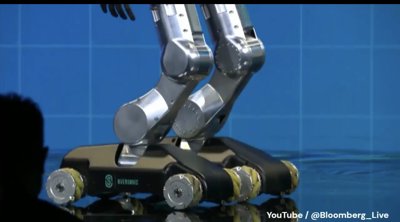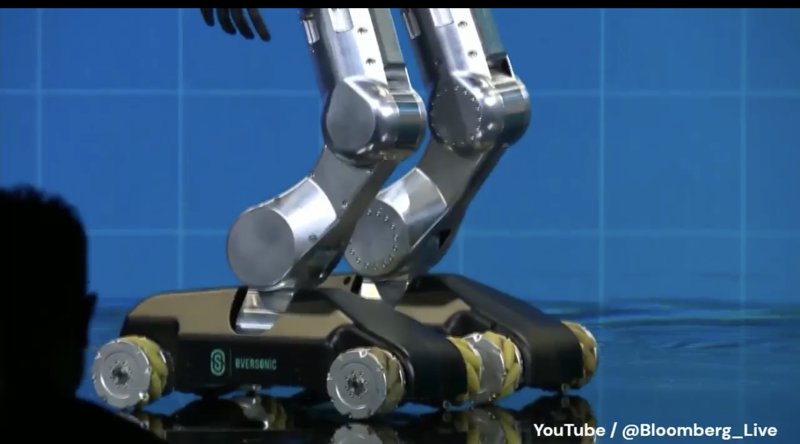Italian firm Oversonic Robotics S.p.A. is pushing its cognitive humanoid robot, RoBee, into the healthcare sector, showcasing a pragmatic design that favours wheels over complex bipedal legs. During a recent demonstration on Bloomberg Live, CEO Paolo Denti presented the RoBee M prototype, a version specifically developed for clinical environments like hospitals and rehabilitation centres. The robot is designed to support medical professionals by handling routine tasks, allowing staff to focus on patient care.
While other robots are busy learning parkour, RoBee M takes a decidedly more grounded approach. It navigates hospital wards using an autonomous mobile base — essentially, a pair of rather sophisticated skates. And frankly, for navigating endless, flat linoleum, that’s just good sense, even if it won’t win any viral TikTok challenges. The “M” series robot is equipped with Wi-Fi 6 and 5G readiness for seamless integration with electronic health records and can operate for up to 8 hours on a single charge. Its purpose isn’t to replace nurses, but to act as a tireless assistant for autonomous logistics, patient monitoring, and gently guiding patients through prescribed exercises.

Why Is This Important?
Oversonic’s strategy with RoBee highlights a crucial debate in humanoid robotics: practicality versus mimicry. While fully bipedal robots are engineering marvels (and likely a PR goldmine), their complexity and astronomical cost can often be prohibitive. RoBee’s wheeled base is a deliberate, almost defiant, trade-off, prioritising stability, energy efficiency, and immediate, unglamorous usefulness in structured environments like hospitals over the universal mobility of legs. This approach suggests that the first wave of truly useful humanoid robots in specialised fields might not walk, but roll, quietly, diligently, and rather brilliantly into their new jobs.






